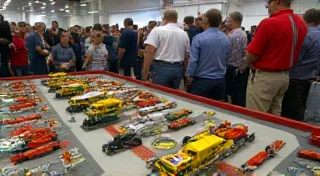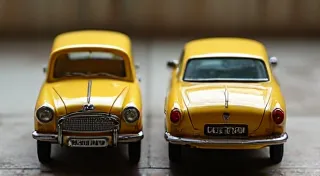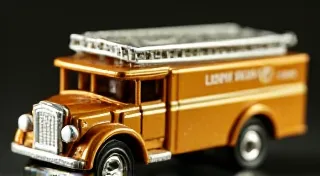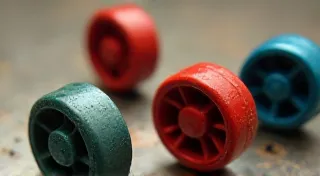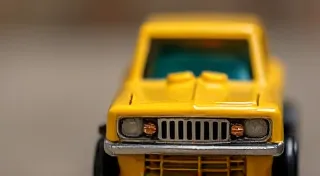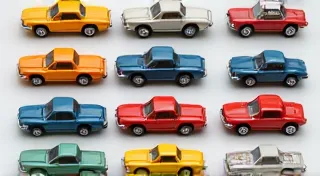The Evolution of Matchbox Car Wheels: A Visual History
For generations, Matchbox cars have held a special place in the hearts of toy car enthusiasts. While the miniature vehicles themselves are iconic, a often-overlooked element contributing significantly to their appeal, playability, and collectibility is the humble wheel. From the earliest, somewhat fragile designs to the more robust iterations that followed, Matchbox wheels have undergone a fascinating evolution. This article explores the various wheel types, their production years, characteristics, and the profound impact they had on both the cars’ playability and their value in the collector’s market. Understanding these wheel variations is often a key identifier for rare and valuable variations, making it a crucial element for any serious Matchbox car collector. The story of these miniature marvels is intimately tied to the larger history of the company – a history worth exploring further when you want to understand the complete picture of the history of Matchbox cars.
The Early Days: Bakelite and the Imperfections (1953-1962)
The story of Matchbox car wheels begins in 1953 when Lesney Products introduced their miniature die-cast vehicles. The very first wheels were made from Bakelite, an early plastic material. These wheels were notoriously brittle and prone to cracking or breaking, especially under the stresses of energetic play. They were often slightly warped, contributing to uneven rolling and a less-than-perfect play experience. Finding perfectly round and true Bakelite wheels is incredibly rare today, and their presence instantly identifies a car from the earliest production years. It's important to consider the overall condition of these early cars when assessing their value. Learning how to grade your Matchbox cars is essential for any serious collector.
The Bakelite wheels were typically black and lacked any detailing. Their simple design reflected the manufacturing capabilities of the time, and the challenges of working with the material. Identifying these wheels often relies on close examination for subtle characteristics like the material's inherent brittleness and slight imperfections. Finding a Matchbox car with intact Bakelite wheels is a significant find, making it more desirable to collectors.
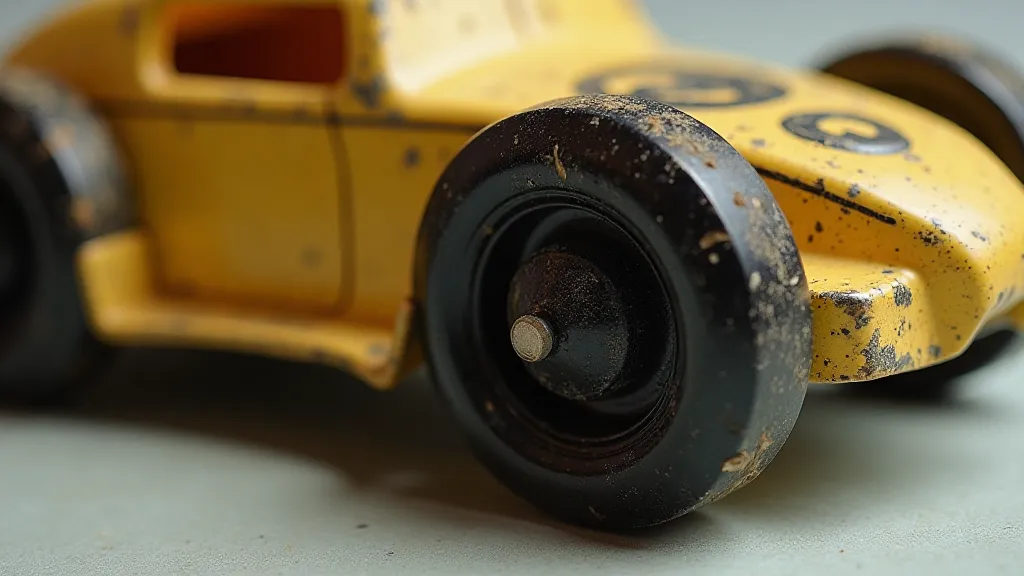
The Introduction of Plastic Wheels (1962-1967): A Step Forward
Recognizing the limitations of Bakelite, Lesney began transitioning to a more durable plastic material around 1962. These early plastic wheels offered a noticeable improvement in terms of strength and rolling performance. They were still relatively simple in design, often a solid black color. However, the reduction in breakage made the cars significantly more playable and popular with children.
These "early plastic" wheels are sometimes referred to as "Type 1" wheels, although this is not an officially recognized classification. They are generally smaller than later wheel types, and the hub (the part that connects to the axle) is relatively plain. This period saw a gradual refinement of the plastic composition, with wheels becoming slightly more resilient over time. The shift to plastic marked a pivotal moment in Matchbox car history.
The "Riveted" Wheel Era (1967-1969): An Important Identifier
A particularly noteworthy change occurred between 1967 and 1968: the introduction of “riveted” wheels. During this brief period, wheels were attached to the axles using a small, visible rivet. This design was intended to provide a stronger connection and prevent wheels from falling off. However, the rivets themselves could loosen or damage the surrounding plastic, creating another potential point of failure.
The presence of a rivet is a critical identifier for cars produced during this specific timeframe. It’s a relatively easy feature to spot and immediately flags the car as belonging to a limited production run. While the rivet connection wasn's ultimately a long-term solution, the cars from this era are highly sought after by collectors due to their rarity and unique construction. Collectors are often focused on finding variations and errors, and understanding the intricacies of this period is key to avoiding common common mistakes to avoid when collecting Matchbox cars.
The “Type 2” Wheel and Beyond (1969-1975): Refinement and Variety
In 1969, Lesney introduced what is commonly known as the "Type 2" wheel. This marked a significant step forward in design and manufacturing. Type 2 wheels were generally larger than their predecessors, and the hub design became more intricate, often incorporating simulated brake discs or other details. The introduction of color variations – initially red, then white – added another layer of visual interest.
This period witnessed an explosion of wheel variations. The hub design continued to evolve, with different patterns and simulated details appearing across different models. Some wheels featured simulated slots, while others had a more "faceted" appearance. These subtle differences are key to identifying specific production runs and potential errors. The packaging itself also played a significant role in the appeal of these cars, and some collectors place great value on the original significance of Matchbox car window boxes.
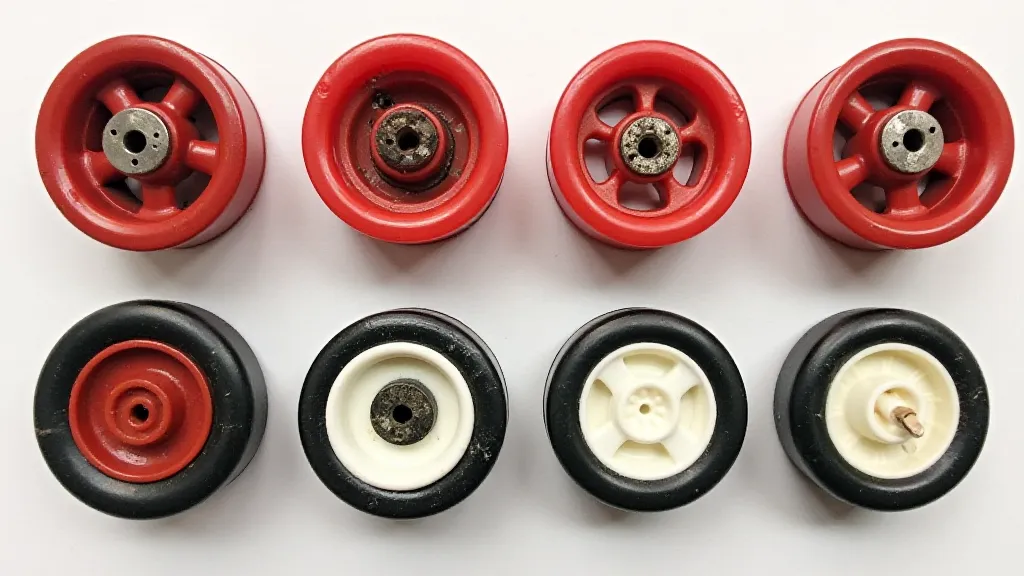
The “Superfast” Era: Wheel Design as a Selling Point (1970-1981)
The introduction of the “Superfast” line in 1970 brought another wave of wheel innovations. The defining characteristic of Superfast cars was their chrome-plated wheels, often with bright red or orange tires. This design aimed to convey a sense of speed and excitement, and it proved immensely popular with children.
Superfast wheels came in a variety of styles, including split-rim wheels, open-spoke wheels, and even wheels with simulated hubcaps. The focus on visual appeal continued to drive innovation, and the wheels became a key selling point for the Superfast line. While arguably less robust than some of the earlier designs, the visual impact was undeniable.
Later Wheel Types (1981 onwards): A Decline in Innovation
Following the Superfast era, innovation in Matchbox wheels largely stagnated. Later wheel designs were simpler and less detailed, reflecting changes in manufacturing processes and a shift towards lower production costs. While the wheels were generally more durable than some of the earlier types, they lacked the visual flair and collectibility of their predecessors.
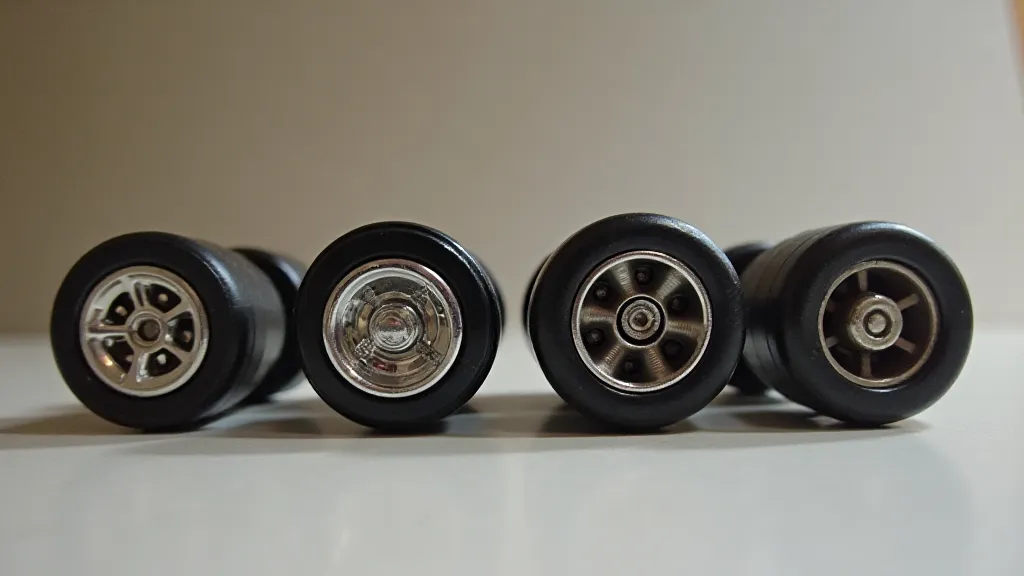
Wheel Variations and Collectibility
The evolution of Matchbox car wheels is more than just a technical history; it's a roadmap to understanding collectibility. Subtle variations in wheel design, color, and construction can dramatically impact a car’s value. A car with Bakelite wheels is far more valuable than one with standard plastic wheels. Similarly, a car with a rivet or a rare color combination can command a premium price. The history of these changes mirrors the evolution of the company and its approach to toy production.
Serious Matchbox car collectors meticulously catalog and analyze wheel variations, using them to identify rare errors and limited production runs. Even a seemingly minor difference in a wheel’s design can be the key to unlocking a car’s true value. Understanding the nuances of each era is critical to accurately assessing the condition and value of these collectibles. It's an area where continuous learning and attention to detail are key for any serious enthusiast. The pursuit of these nuances is what truly separates the casual observer from the dedicated collector.
The interplay of materials, manufacturing techniques, and design choices all contribute to the rich tapestry of Matchbox car history. Each wheel variation tells a story about the era in which it was produced, the challenges faced by Lesney (and later Mattel), and the evolving tastes of children. This fascinating journey, from the brittle Bakelite to the chrome-plated Superfast, is a testament to the enduring appeal of these miniature vehicles.
